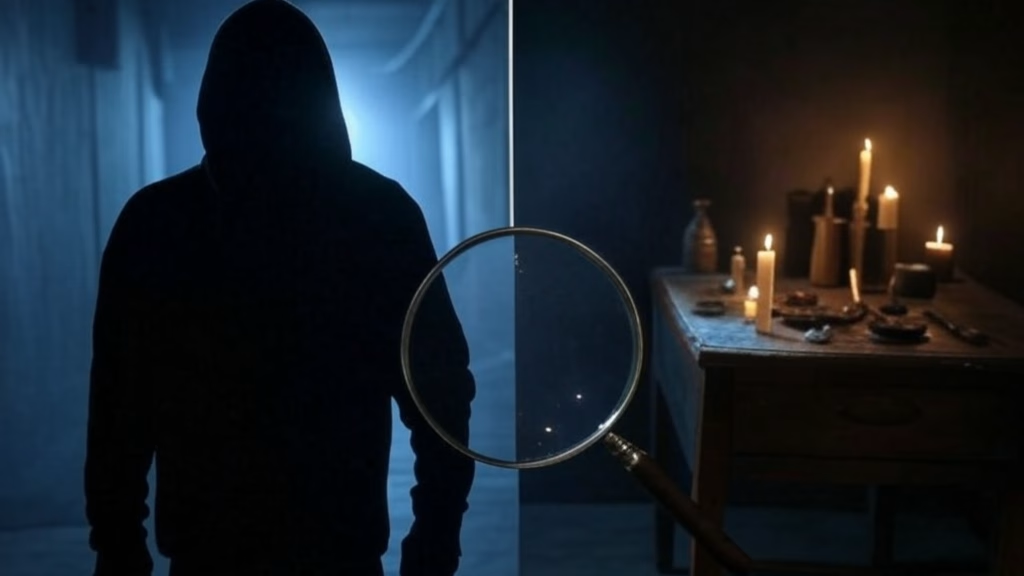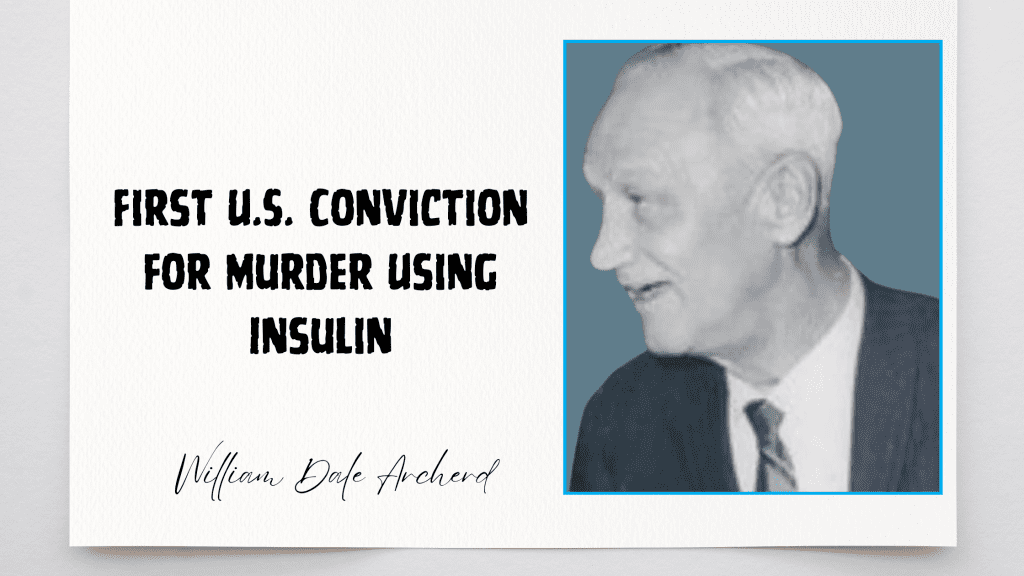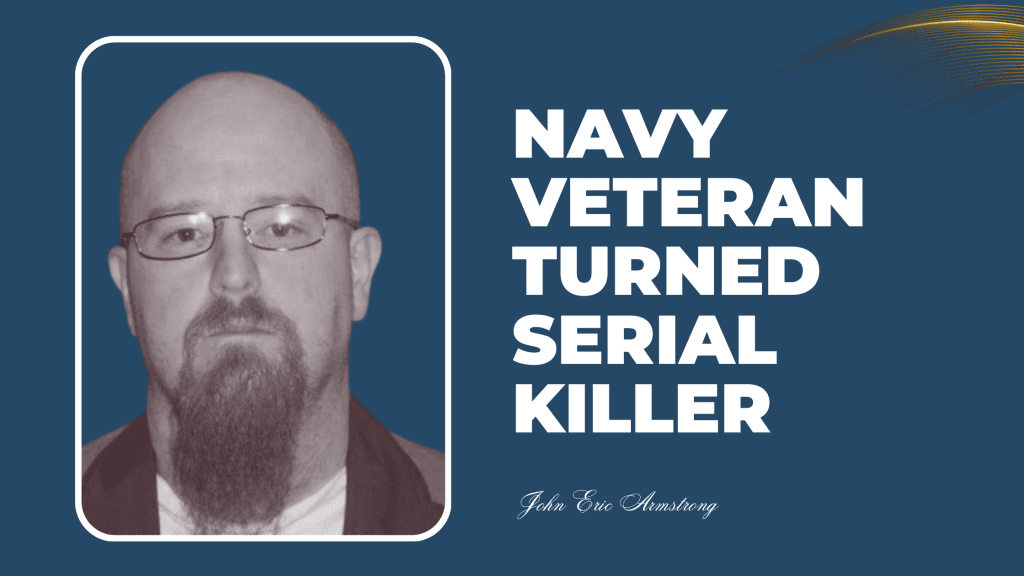Understanding the distinction between a criminal’s Modus Operandi (MO) and Signature is critical for solving crimes and predicting future behavior. While these terms are often conflated in media, they reveal vastly different aspects of a perpetrator’s psychology and methods. This article breaks down their roles in criminal profiling and why they matter.
Modus Operandi (MO): The “How” of a Crime
Modus Operandi refers to the practical methods a criminal uses to commit a crime. It’s driven by necessity, evolves, and adapts to avoid detection.
- A rapist who enters homes through unlocked windows during early morning hours.
- A burglar who uses lock-picking tools versus one who smashes doors.
- Dennis Rader (BTK Killer) bound victims with different materials (rope, duct tape) to control them.
MO is functional and reflects a criminal’s learning curve. For instance, a killer might switch from a knife to a firearm to reduce physical confrontation.
Signature: The “Why” Behind the Crime
A Signature is the ritual or psychological need that fulfills the offender emotionally. Unlike MO, it remains consistent and reveals their deepest motivations.
- Ted Bundy needed to dominate his victims by charming them before attacking.
- The “Power Reassurance Rapist” who forces victims to praise his sexual prowess to compensate for personal insecurities.
- Ed Kemper decapitating victims and keeping body parts as trophies, linked to his hatred of his abusive mother.
Signatures are emotional and often symbolic. For example, arsonists might set fires in locations tied to childhood trauma.
Read more: 10 Serial Killers That Were NEVER Caught
Why the Difference Matters in Investigations
- Predicting Behavior:
- Changes in MO (e.g., switching weapons) don’t alter the signature. Detectives can anticipate future crimes by focusing on the latter.
- Example: The “Dating Game Killer” Rodney Alcala altered his appearance and locations (MO) but consistently targeted women he could manipulate (signature).
- Linking Cases:
- Similar signatures across crimes suggest a single perpetrator, even if MO varies.
- Example: The “Night Stalker” Richard Ramirez used different entry methods (MO) but left satanic symbols at crime scenes (signature).
- Avoiding Misconceptions:
- TV shows often mislabel MO as the signature. For instance, a killer using a specific knife is MO, while arranging victims in a ritualistic pose is signature.
Case Study: The Dentist Rapist
A chilling example highlights the MO vs. signature distinction:
- MO: Breaking into homes through windows during early morning hours when victims were alone.
- Signature: Forcing victims to recite scripts (“Am I better than your husband?”) and pray with him post-assault to fulfill his need for validation.
Despite changing entry tactics (MO), his psychological need for reassurance (signature) remained unchanged, aiding his eventual capture.
The Evolution of MO and Stability of Signature
Criminals refine their MO to evade capture but rarely alter their signature:
BTK Killer: Dennis Rader evolved from strangulation to staged scenes but maintained his ritual of taunting police with letters (signature).
Gary Ridgway (Green River Killer): Adjusted dumping sites (MO) but continued targeting vulnerable women to exert control (signature).
Conclusion: Key Tools for Profilers
Distinguishing Modus Operandi from Signature is vital for:
- Identifying patterns in seemingly unrelated crimes.
- Understanding a criminal’s psychological drivers.
- Developing strategies to prevent future offenses.
By focusing on the why (signature) alongside the how (MO), law enforcement can dismantle the complex web of violent crimes and bring perpetrators to justice.




